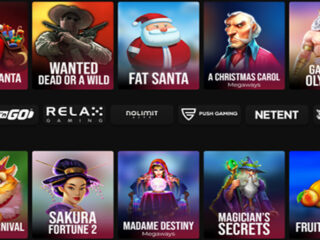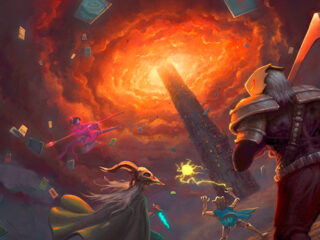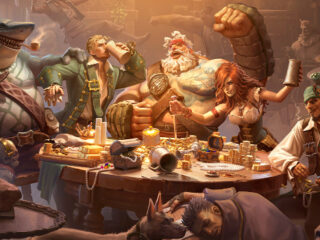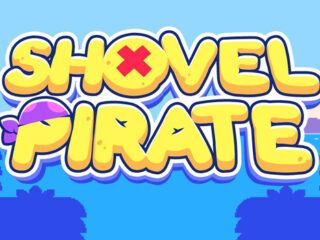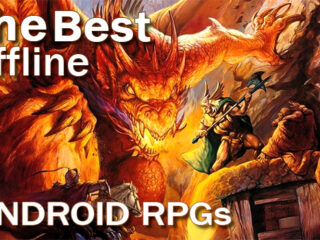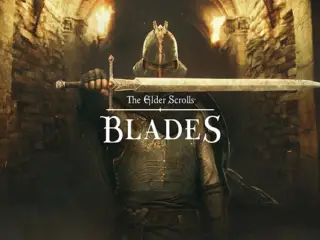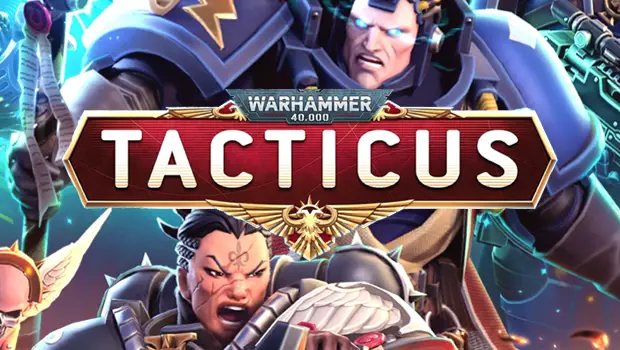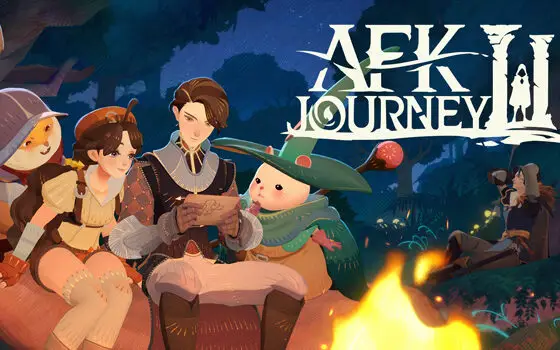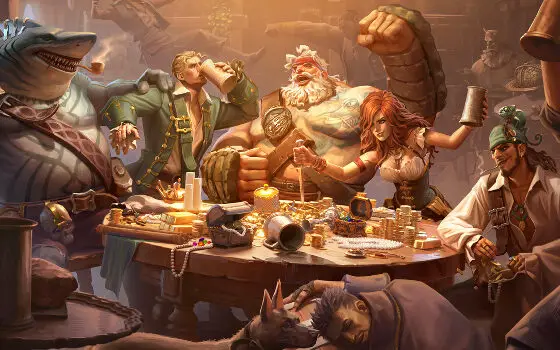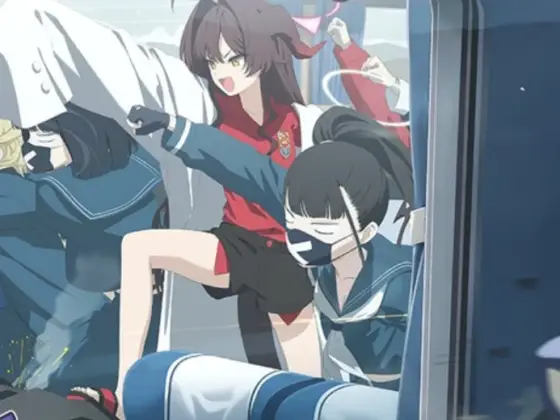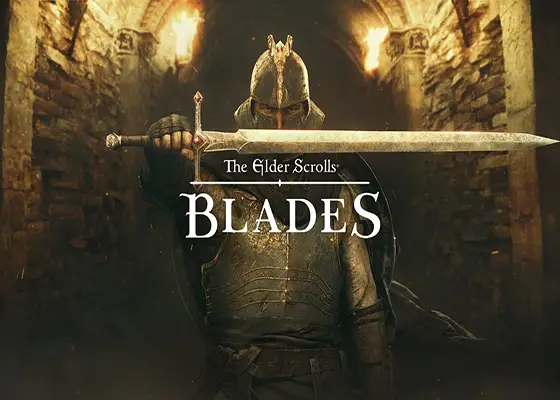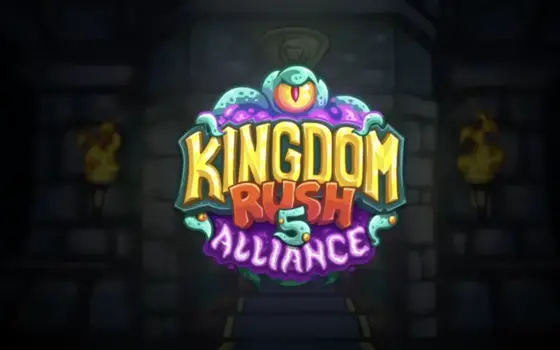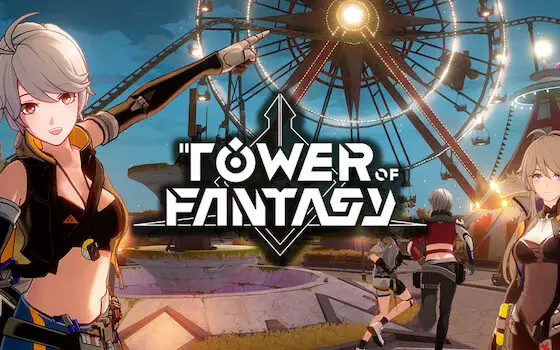The Emperor Protects
Published and developed by Snowprint Studios AB, Warhammer 40K: Tacticus lets players command a squad from their favorite Warhammer 40K factions. The turn-based strategy game features multiple story campaigns and ranked PVP in addition to the single-player modes. The game also looks great, and while I still have some bones to pick, it’s a solid turn-based tactics experience.
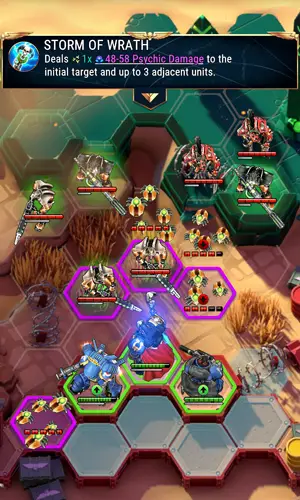
Warhammer 40,000: Tacticus doesn’t have a single story, instead dividing its narrative content across six campaigns. It splits these between three primary Campaigns: Indomitus, Fall of Cadia, and Octarius, and an alternate Mirror Campaign for each. The latter of which star whoever the player was fighting during the corresponding primary Campaign. For example, players lead the Ultramarines and Sisters of Battle against the Necrons in Indomitus. Then, they can lead Necrons against the Ultramarines and Sisters of Battle in the Indomitus Mirror. The other four Campaigns and Mirrors star the Black Legion, Imperial Guard, Orks, and Black Templars.
Indomitus is available from the start, while players unlock the others by acquiring specific heroes through the game’s gacha mechanics. This brings us to Tacticus’ Factions, which include those listed above, along with the Death Guard and Eldar. There are five Heroes for each faction except the Eldar, who has three, for a total of 43. However, Snowprint Studios says it plans to update the game with two more Eldar and more Factions in the future.
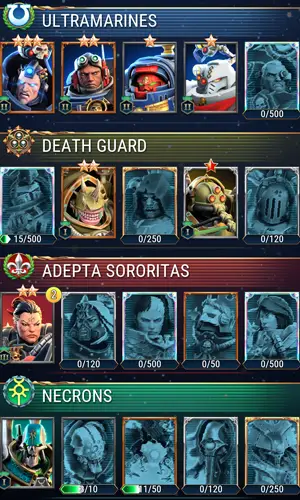
Galactic Dominion
While each Campaign corresponds to a specific Faction, players can still use heroes from related factions in most missions. For example, while Indomitus stars Ultramarines, players can deploy any other Imperium characters they’ve unlocked so far. The same is true of all Chaos Heroes in Fall of Cadia. Unfortunately, this also means that players can’t use Eldar characters in the Campaigns, though they are still available for other modes. It also biases things in favor of the Imperium, whose Heroes make up almost half the current roster.
Each Hero also has a unique assortment of traits and abilities. For example, the Ultramarine sniper Certus can provide Overwatch fire and does not trigger enemy Overwatch. He also deals more damage if he doesn’t move the previous turn, and his Mortis Round ability pushes enemies back one hex. Some factions also have a unique trait shared by all members.
I don’t mind the game restricting which heroes players can use in each Campaign. However, I’m less sure about locking that much of the story and gameplay behind random gacha pulls. Most heroes appear as bosses in the opposing Campaign, and defeating them has a chance to drop Shards for that character. However, the drop rate is low, and it’s only helpful for unlocking the Mirror Campaigns anyway. Warhammer 40K: Tacticus players can buy the Fall of Cadia and Octarius for $29.99 each. However, $60 is a lot of money for what’s supposed to be a free-to-play Android game.
Interstellar Crusades
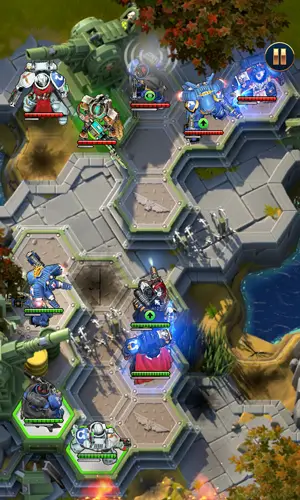
Battles in Warhammer 40,000: Tacticus take place in complex environments assembled from hexagonal tiles. Each environment features a unique combination of choke points, vantage points, interrupted sight lines, and environmental hazards. Razor Wire stops units in their tracks and lowers damage resistance, while fire halts and burns units passing through it. Units at higher elevation deal more damage to those below them. Meanwhile, ranged units must worry about maintaining lines of sight and deal significantly less damage in melee combat.
Unfortunately, Warhammer 40K: Tacticus’ AI doesn’t really employ tactics beyond swarming you with overwhelming numbers. This is the game’s one trick in almost every mode and is responsible for some significant difficulty spikes in the Campaign. The only real exception is the Arena, where the game’s AI still controls the defending team. However, it does a pretty good idea of managing the enemy team and utilizing Hero abilities effectively. The Arena battles are also much faster-paced than the other modes, with most matches only lasting three or four turns.
Overall, I enjoyed Warhammer 40,000: Tacticus, even if its difficulty curve is just to flood the screen with enemies. Still, it’s one of the stingier gachas I’ve played, and it’s definitely losing points for the artificial walling off of content. 40K fans will appreciate its inclusion of franchise lore, and the graphics and gameplay are both excellent. However, be prepared for it to demand a significant amount of the player’s time and money.
Is It Hardcore?
Yes.
Warhammer 40,000: Tacticus is a fun and nuanced turn-based tactics game, but the price gouging and sudden difficulty spikes are hard to ignore.


